Do you have a question about the HP M8501 and is the answer not in the manual?
Provides an overview of the M8501 and M8502 ACL tape drives and their purpose.
Details the M8501 and M8502 ACL tape drive models, configurations, and accessories.
Describes the single internal tape drive within the ACL units and its hot-swappable capability.
Explains the removable tape cartridge magazine and its access method.
Covers how the ACL units receive power through an AC connector.
Details the robotics components, including the shuttle and barcode reader, for tape handling.
Explains the indicators on the front panel: viewing window, GUI touch screen, and status LED.
Instructions for installing the M8501 ACL tape drive in a rackmount configuration.
Instructions for placing and setting up the M8502 ACL tape drive in a tabletop configuration.
Overview of connecting the ACL tape drive to the NonStop NS-series server via fiber optic cable.
Step-by-step guide for connecting the tape drive using fiber optic cables and power.
Procedure to navigate the ACL menu to view and configure the tape drive's PORTNAME.
Description of the ACL tape drive's front panel components: magazine door, GUI, status LED, and viewing window.
Details on opening and accessing the magazine door using electrical or manual release.
Explanation of the ACL tape drive's front panel indicators: Solid Green, Flashing Green, Solid Amber.
Describes the screen displayed after power-on self-test diagnostics are completed.
Overview of the main screen for ACL operations, listing available options.
Explains graphics and text messages on the GUI touch screen and their functions.
Information on how to access HP technical support assistance.
Lets you display the Access Magazine screen for tape cartridge placement or removal.
Procedure for moving cartridges from the drive to a slot or between slots.
Instructions for adjusting the LCD display contrast.
Initiates an ACL power-down operation after moving the shuttle assembly.
Lets you display the ACL Status screen to identify drive type and status.
Lets you place the ACL online or offline.
Navigating the ACL menu to view, configure, and use the ACL.
Area to select screens for viewing ACL options, SCSI, network, etc.
View ACL settings like Unload Mode and Auto Clean Mode.
Procedure for removing and inserting tape cartridges into the magazine.
Instructions on how to install a barcode label onto a tape cartridge.
Describes the Clean One Drive menu option for cleaning the tape drive.
How to manage cleaning the installed tape drives automatically or manually.
Configuring the ACL for automatic cleaning cycles when a cleaning is needed.
Steps to run a cleaning cartridge from a data cartridge slot or the cleaning slot.
Procedure for replacing a cleaning cartridge in a reserved slot after it expires.
Steps to replace an expired cleaning cartridge in the magazine.
Identifies issues related to incorrect installation or configuration causing data interchange problems.
Outlines recommended steps for error recovery using flow charts and procedures.
Lists procedures for errors reported on the GUI touch screen that end-users can perform.
Describes Fault Symptom Codes (FSCs) and their corresponding recovery procedures.
General statements on compliance with various international and regional regulations.
FCC compliance statement for Class A digital device operation in commercial environments.
Canadian compliance statement for interference-causing equipment regulations.
Korea MIC compliance statement for business use information communication equipment.
Taiwan BSMI compliance statement for Class A information products in residential environments.
Japan VCCI compliance statement for Class A IT equipment use in domestic environments.
Details CE Marking compliance with EMC Directive and Low Voltage Directive.
Information on laser classification (Class 1) and warnings for optical devices.
Critical safety warnings regarding dual power cords, shock hazards, and operator-serviceable parts.
Addresses risks of high leakage currents and essential grounding requirements for servicing.
Cautionary notes for replacing fuses with specific types to maintain fire protection.
Information on accessing the Waste Electrical and Electronic Equipment directive details.
Guidance on accessing comprehensive safety information documents in multiple languages.
Provides an overview of the M8501 and M8502 ACL tape drives and their purpose.
Details the M8501 and M8502 ACL tape drive models, configurations, and accessories.
Describes the single internal tape drive within the ACL units and its hot-swappable capability.
Explains the removable tape cartridge magazine and its access method.
Covers how the ACL units receive power through an AC connector.
Details the robotics components, including the shuttle and barcode reader, for tape handling.
Explains the indicators on the front panel: viewing window, GUI touch screen, and status LED.
Instructions for installing the M8501 ACL tape drive in a rackmount configuration.
Instructions for placing and setting up the M8502 ACL tape drive in a tabletop configuration.
Overview of connecting the ACL tape drive to the NonStop NS-series server via fiber optic cable.
Step-by-step guide for connecting the tape drive using fiber optic cables and power.
Procedure to navigate the ACL menu to view and configure the tape drive's PORTNAME.
Description of the ACL tape drive's front panel components: magazine door, GUI, status LED, and viewing window.
Details on opening and accessing the magazine door using electrical or manual release.
Explanation of the ACL tape drive's front panel indicators: Solid Green, Flashing Green, Solid Amber.
Describes the screen displayed after power-on self-test diagnostics are completed.
Overview of the main screen for ACL operations, listing available options.
Explains graphics and text messages on the GUI touch screen and their functions.
Information on how to access HP technical support assistance.
Lets you display the Access Magazine screen for tape cartridge placement or removal.
Procedure for moving cartridges from the drive to a slot or between slots.
Instructions for adjusting the LCD display contrast.
Initiates an ACL power-down operation after moving the shuttle assembly.
Lets you display the ACL Status screen to identify drive type and status.
Lets you place the ACL online or offline.
Navigating the ACL menu to view, configure, and use the ACL.
Area to select screens for viewing ACL options, SCSI, network, etc.
View ACL settings like Unload Mode and Auto Clean Mode.
Procedure for removing and inserting tape cartridges into the magazine.
Instructions on how to install a barcode label onto a tape cartridge.
Describes the Clean One Drive menu option for cleaning the tape drive.
How to manage cleaning the installed tape drives automatically or manually.
Configuring the ACL for automatic cleaning cycles when a cleaning is needed.
Steps to run a cleaning cartridge from a data cartridge slot or the cleaning slot.
Procedure for replacing a cleaning cartridge in a reserved slot after it expires.
Steps to replace an expired cleaning cartridge in the magazine.
Identifies issues related to incorrect installation or configuration causing data interchange problems.
Outlines recommended steps for error recovery using flow charts and procedures.
Lists procedures for errors reported on the GUI touch screen that end-users can perform.
Describes Fault Symptom Codes (FSCs) and their corresponding recovery procedures.
General statements on compliance with various international and regional regulations.
FCC compliance statement for Class A digital device operation in commercial environments.
Canadian compliance statement for interference-causing equipment regulations.
Korea MIC compliance statement for business use information communication equipment.
Taiwan BSMI compliance statement for Class A information products in residential environments.
Japan VCCI compliance statement for Class A IT equipment use in domestic environments.
Details CE Marking compliance with EMC Directive and Low Voltage Directive.
Information on laser classification (Class 1) and warnings for optical devices.
Critical safety warnings regarding dual power cords, shock hazards, and operator-serviceable parts.
Addresses risks of high leakage currents and essential grounding requirements for servicing.
Cautionary notes for replacing fuses with specific types to maintain fire protection.
Information on accessing the Waste Electrical and Electronic Equipment directive details.
Guidance on accessing comprehensive safety information documents in multiple languages.
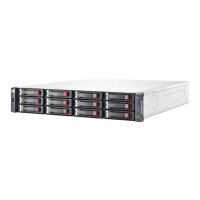
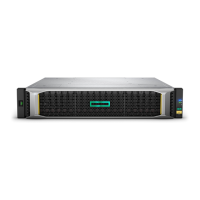
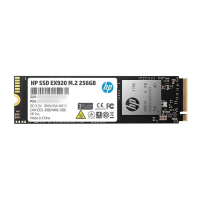
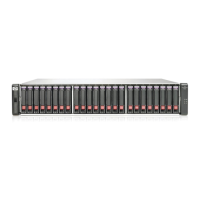
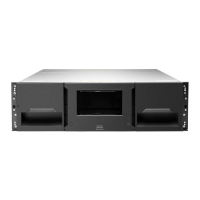
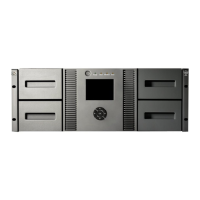
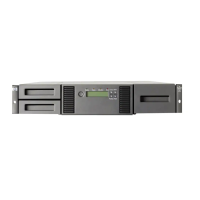

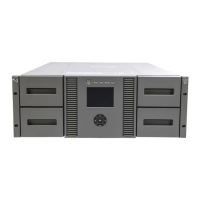
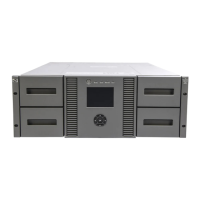

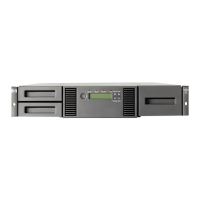
